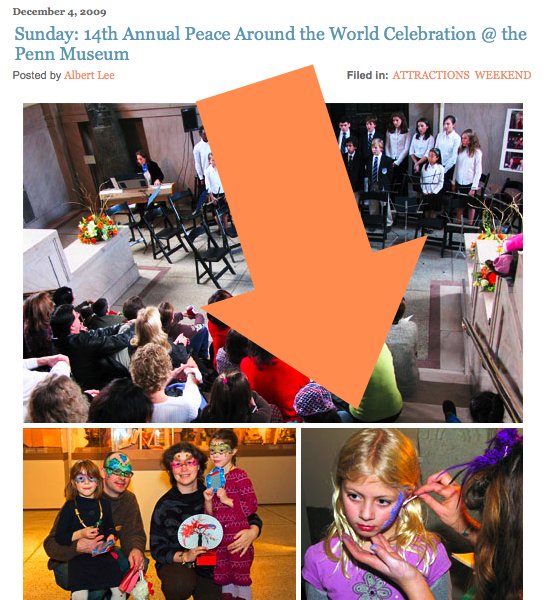 The Gist:
The Gist:
- What questions do you have?
- Push my thinking.
- Say more.
The Whole Story:
As it turns out, more than my habits of practice have been informed by the educators with whom I find myself interwebbed.
I’ve been mindful of this fact lately. The language I use whilst teaching and learning has evolved since my first days in the classroom. While I assume this change will continue as I continue, three phrases in particular have shaped who I am in the classroom. For two, I can point to their sources. The origin of the third is a partial mystery to me.
What questions do you have?
In my first two years of teaching, I was an 8th-grade Language Arts teacher at Sarasota Middle School in Sarasota, FL. If I gained nothing else from the experience, I garnered countless hours of professional development from in-house and contracted consultants. It was probably what the best student teaching experiences should be.
During one workshop with either Larry Biddle or Hal Urban – we’ll say Urban because I like him more – the room was asked, “When you ask your students, ‘Do you have any questions,’ how many of you see hands shoot into the air?” A brief poll of the audience showed the results to the question were worse than a teacher would hope.
“Try this,” he said, “instead, ask, ‘What questions do you have?'”
I have been ever since.
Push my thinking.
The summer after my second year of teaching, I moved from Sarasota Middle to Phoenix Academy. It was a new school working with a more varied population of students, and I wanted a challenge. Within a week of getting hired at Phoenix, then-principal Steve Cantees called and asked if I would take part in a pilot program the district was starting for 50 high school teachers in Sarasota. The NeXt Generation Teaching program (which has sense morphed to something else) lasted 2 years and brought David Warlick, Alan November, David Thornburg and others to Sarasota to work with that pilot group and give us the tools to see what was possible.
Without the NeXt Gen program, I wouldn’t be at SLA today. Without it, I wouldn’t have gone down the inexhaustible gopher hole of inquiry-project-experienctial learning that seems to be where my brain lives. For the purposes of this post, without the NeXt Gen program, I wouldn’t have found the phrase, “push my thinking.” Though I can’t speak to where he picked it up, I know I got the phrase from my first readings of Will Richardson.
The beauty of it lies in the phrase’s ability to put into pictures what I oftentimes feel happening in my brain or want for my students to feel as they learn. The lack of direction is also great. It’s not “pushed my thinking forward.” Value exists in pushing thinking backward or up or down or any other ordinal clarifier.
My awareness of the movement of my thinking is raised.
Say more.
The most recent, this sentiment is what I hope all my students are able to leave with the ability to do.
My friend Bud gave me this one. In fact, he offered it up in conversation over the course of about 2 years before I realized its value. In my oftentimes fervent explanation of an idea, I will come to the end of my pontification with the assumption my zeal has relayed all that needs be said about an idea.
In conversations with Bud, my conclusions are often met with, “Say more.”
By asking me to say more, Bud has the added effect of pushing my thinking and asking me to examine what questions I have about my own ideas. He’s never asking me to talk more.
Having incorporated this into my practice, I’ve started seeing the same self-inquisical looks on the faces of my students I remember feeling when I was asked to do the same thing I’m asking them to do. I’m not posing a new question, I’m asking them to answer the initial question – more.
I want everyone in my life to do this.

 An organization created to collect and award scholarships from the sales of
An organization created to collect and award scholarships from the sales of 




